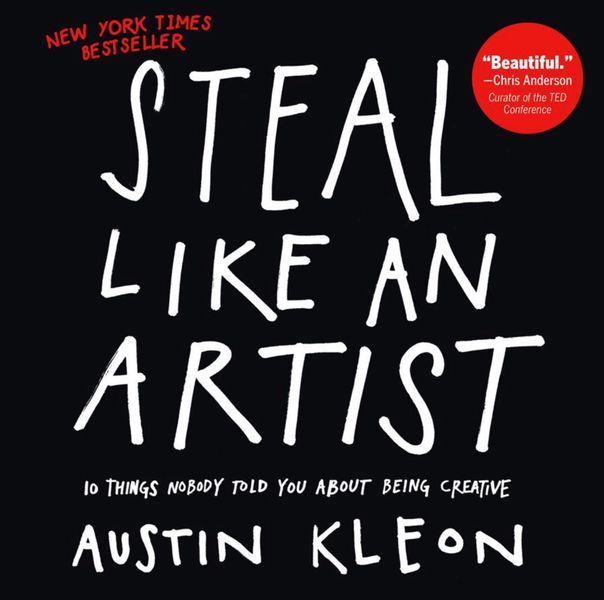
This week’s selection is “Steal Like An Artist” by Austin Kleon.
3D printing technology is really the combination of two separate disciplines: the 3D printing itself, and the process of developing unique 3D models to print, typically with CAD software. You can’t print without a model, and a model is less useful unless it can be printed.
While the act of 3D printing is typically setting some parameters and pushing the “PRINT” button, creating a 3D model is often far more complex and usually occupies a much larger proportion of project effort. 3D modeling is critical.
Initial attempts at using 3D printing in industry typically failed as those involved usually didn’t realize this connection and simply tried to reproduce their existing 3D models using 3D printing. Inevitably, this is a poor practice as the 3D model was likely designed for production on other making technologies, and did not take advantage of the unique properties of 3D printing technology.
These days it’s far more important to create 3D models that leverage 3D printing’s advantages, and often these designs are impossible to produce on conventional making equipment. In a way, these might be the “correct” designs, as they were made free of the constraints of traditional methods.
But what are these curious new designs? How do they become real? Where do you find them?
That’s partly found in the new science of “DfAM”, or Design for Additive Manufacturing. That’s an emerging style of design that does in fact focus on leveraging 3D printing advantages.
But there’s another element required: creativity. It’s a hard thing to be staring at a blank workspace and hoping for some kind of an idea to start a design iteration, even with guidelines for AM design in mind.
That’s where creativity is required. Some of us are naturally gifted with wild imaginations that can seemingly produce great ideas from nothing, while others take more time and effort to get there. It turns out there are some tricks one can use to give one’s creative engine a bit of a push, and that’s what this book is all about.
While the title suggests a criminal technique for idea theft, it really isn’t that at all. Instead it is more about inspiration.
The premise is that most ideas are not in fact original, but are really inspired by something else. This is quite true; my good ideas, when I rarely have them, are sometimes generated by mapping a concept from one domain to an unrelated domain.
An example of this in 3D printing is how biology has inspired different types of complex 3D model designs. But that’s just one example, and there are countless more.
The book explores several techniques for achieving inspiration, and it might be just the thing for 3D designers.
Via Amazon
